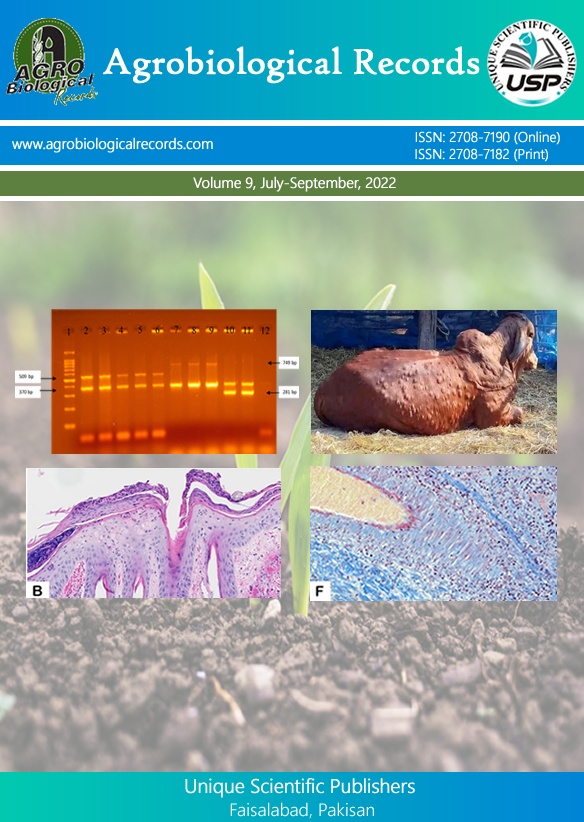
Sher Ali 1, Noor Muhammad 1, Rahman Ali Khan 1, Liaqat Ali 1, Salman Khan 1, Sajjad Ahmad 1, Sidra Amin 2, Hayat Khan 3, Hina Fazal 4 and Nisar Ahmad
1Centre for Biotechnology and Microbiology, University of Swat, Mingora 19200, Pakistan; 2Evergreen School and College, Mingora, Swat, Pakistan; 3Department Genomics, Phenomics and Bioinformatics, North Dakota State University, USA; 4Pakistan Council of Scientific and Industrial Research (PCSIR) Laboratories Complex, Peshawar 25120, Pakistan
*Corresponding author: ahmadn@uswat.edu.pk
Parthenium hysterophorus, commonly known as invasive Parthenium weed, is a native species of the Americas but is now found in many parts of the world. Recently, the plant has gained notoriety for causing allergic reactions and allelopathic responses. The current study was designed to test the different parts, particularly the roots, for their antioxidant potential. The finding will help in the eradication of the plants if the roots possess higher antioxidant activity than other parts. Recent research has highlighted its potential application in the context of antioxidant activity. For antioxidant activities, the different parts of P. hysterophorus (flowering and non-flowering) plants were collected from the University of Swat. The extract of these parts was subjected to a spectrophotometer using DPPH (2,2-diphenyl-1-picrylhydrazyl) free radical to investigate its antioxidant potential. The extract showed a higher antioxidant activity in all parts of both flowering and non-flowering plants of P. hysterophorus. Still, the highest result was displayed and observed in the stem of both flowering and non-flowering plants of P. hysterophorus. These findings support the potential use of P. hysterophorus as a natural source of antioxidants, considering the toxicity of the species as a promising source of functional food or supplements. The study observed differential antioxidant potential in various parts, which is closely related to the season, as compared to previous studies. Further research is needed to identify the specific antioxidant compounds and evaluate their clinical relevance.